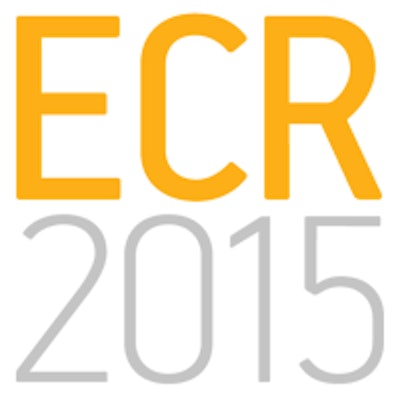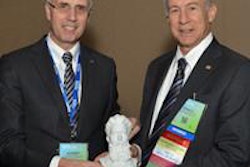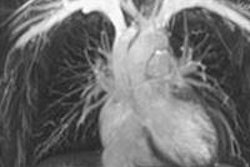
VIENNA - So often "normal" is looked down upon; it's the extraordinary, the outliers, the special cases that get all the attention. However, normal studies can revolutionize the way images are seen, according to a speaker at the ECR 2015 opening press conference.
"Population imaging plays an important role for radiology, as the large number of subjects included in these studies lead to better acceptance of scientific results," said Dr. Norbert Hosten, president of the German Radiological Society (DRG) and director of the Institute for Diagnostic Radiology and Neuroradiology at the Ernst-Moritz-Arndt University in Greifswald, Germany.
 Dr. Norbert Hosten.
Dr. Norbert Hosten.Several large studies are underway in Germany, including the Trauma Cohort multicenter study being conducted by the German Society for Trauma Surgery (DGU) and the DRG. Starting a few years ago, volunteers began undergoing MR imaging and the cohort will eventually include 30,000 people.
Not only do population studies lead to better acceptance of results, they can also have important long-term effects. For instance, if a person takes part in the cohort and 10 to 15 years later develops a disease, researchers can go back to the MR study and see whether any signs of the disease were visible, he said.
"To a radiologist that is very important because usually we have problems [proving] the benefit of our incidence to the patient because it doesn't directly influence survival," he said during the press conference.
All of this could allow radiologists to diagnose disease earlier than they can today, as well as help them determine what is normal and doesn't have to be treated. For instance, if a person walks into a facility with a slipped disk, they might be operated on, but it's also a common occurrence in normal, healthy volunteers and doesn't necessarily require treatment, he said.
Such population studies have already taken place. In the Netherlands, researchers conducted a population cohort study of 10,000 to 15,000 inhabitants near Rotterdam. Biomarkers such as regional brain volumes, distribution and quantification of white-matter lesions, subclinical brain infarcts, and microbleeds have been identified. Researchers have also been able to pinpoint the structural and microstructural integrity of the white matter associated with the development of mild cognitive impairment and full-blown dementia long before any symptoms arise.
View an interview with Hosten from ECR 2015 below:
 |
Video produced by Christof. G. Pelz I GRAFIFANT Creation. Grafik. Photo I www.grafifant.at



















